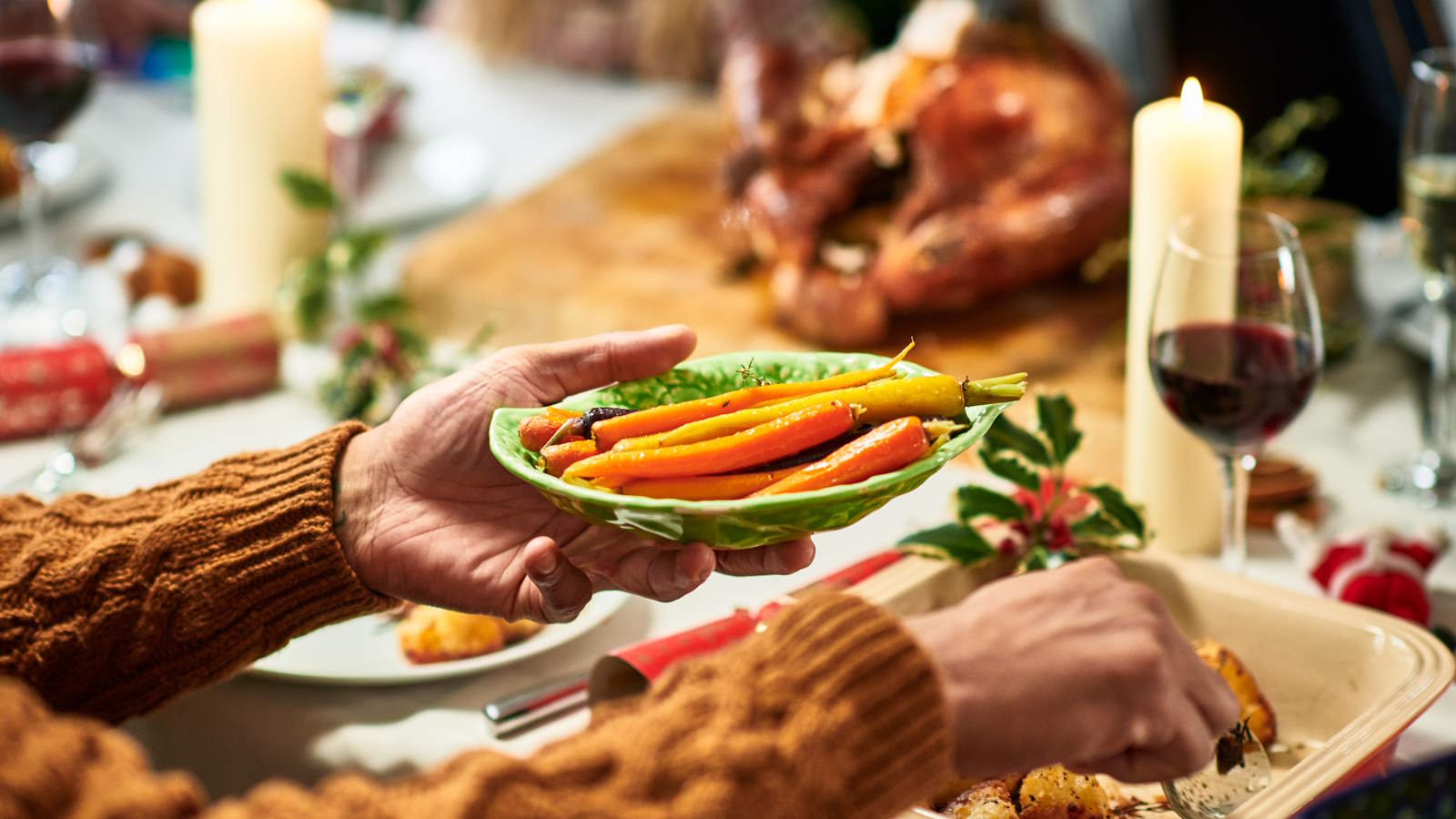
Is it too early to say the ‘C’ word? Well, not if you want to grow your own Christmas dinner. For a truly homespun Christmas and plates laden with homegrown vegetables, you must start planning right now.
Time is on your side, but you do need to act fast if you want to treat your family to a homegrown Christmas dinner come December. I have grown vegetables year-round for many years and supplied restaurants with crops throughout the winter for festive plates. I have also enjoyed vegetables from my home plot at Christmas.
If you want to grow your own Christmas dinner, these are the dates you need to know. They are the latest you can plant vegetables in your home vegetable garden to have delicious crops ready to enjoy on the big day.
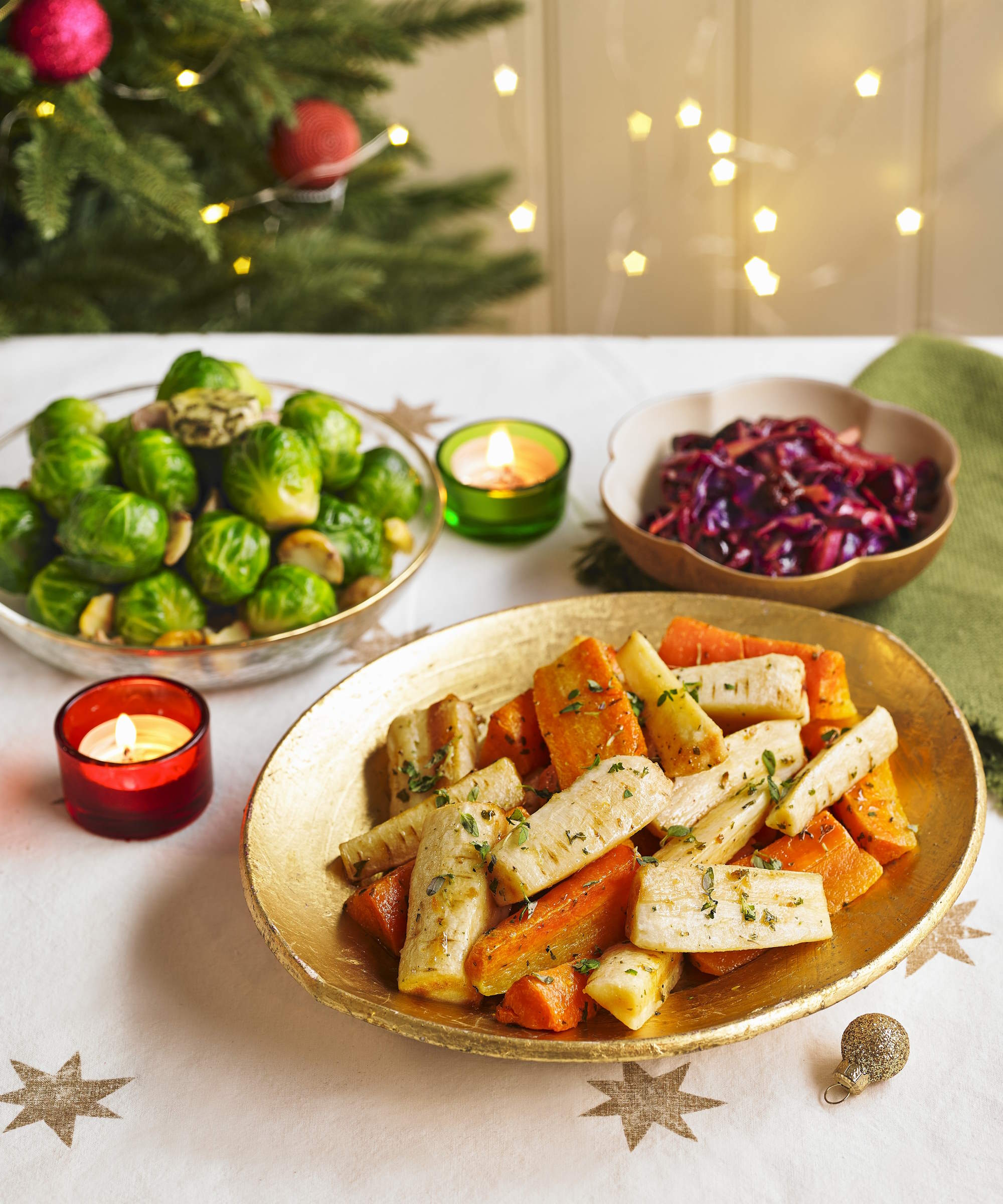
To sow or plant for a homegrown Christmas
Some fast-growing vegetables will allow you the time to grow crops from seed for Christmas. However, the window for slower-growing crops may be closed for sowing and growing from seed. These plants, however, can be purchased as seedlings to plant in the garden. Here are the latest dates to plant your vegetables, with extra advice for harvesting and storing the crops for Christmas Day.
1. Potatoes
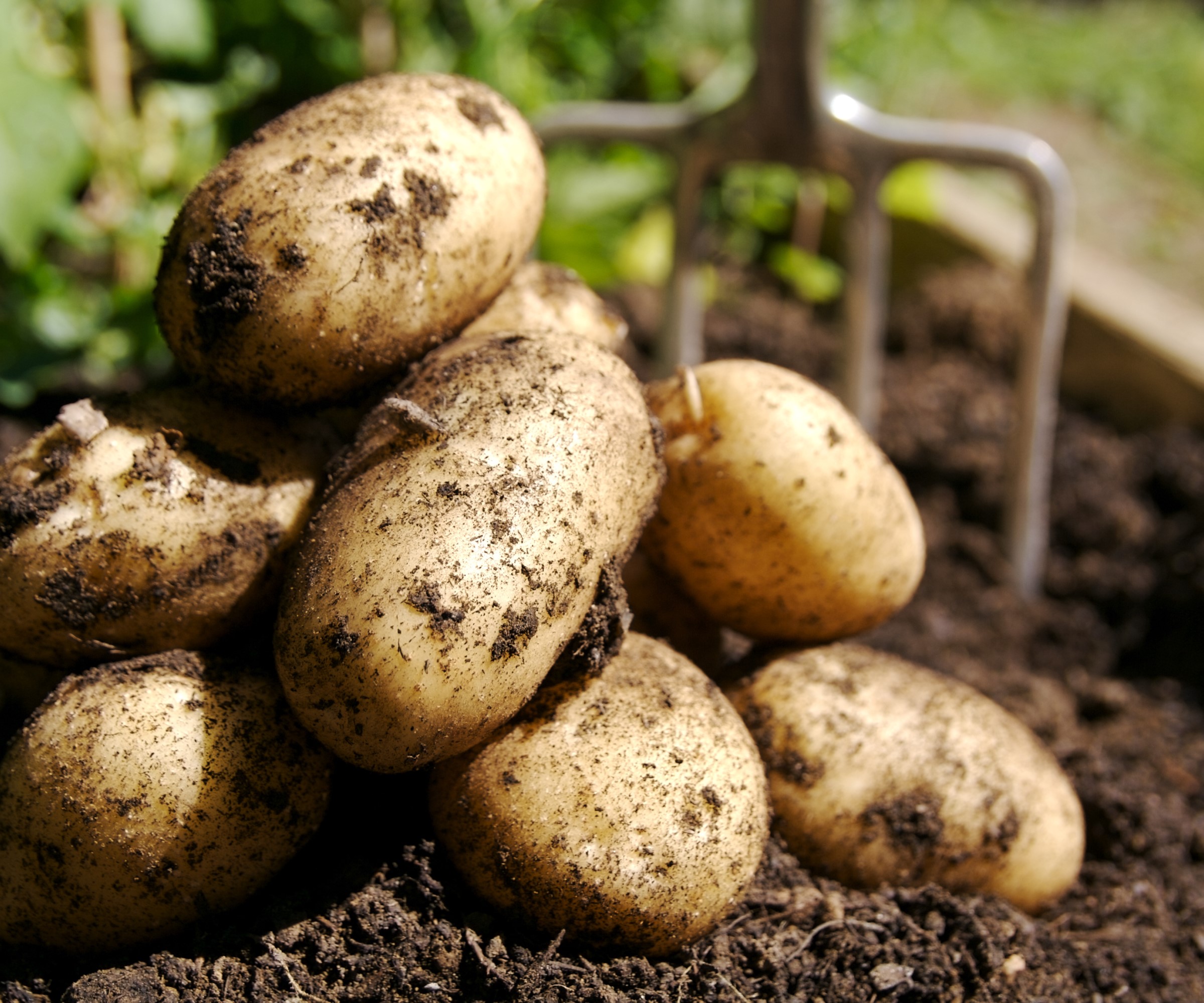
Potatoes are usually planted in spring and, depending on the variety of potatoes, harvested from early summer through to fall. Growing potatoes for Christmas isn’t as commonly practised as planting potatoes for summer but it is easily achievable.
The best types of potatoes to grow for Christmas are first and early second varieties and they will not require a period of chitting before planting. It is recommended to get seed potatoes to plant for Christmas, rather than replanting harvested potatoes from early summer.
The potatoes take 12-14 weeks to go from planting to harvest. If you are growing potatoes outdoors, plant them in August. However, if you have a greenhouse or intend to grow potatoes in a container indoors, the planting window can extend into September.
Harvest outdoor potatoes by the end of October and store the potatoes in a cool, dry, and frost-free place. Indoor potatoes in containers can be left in the pot until Christmas to be harvested as required.
2. Carrots
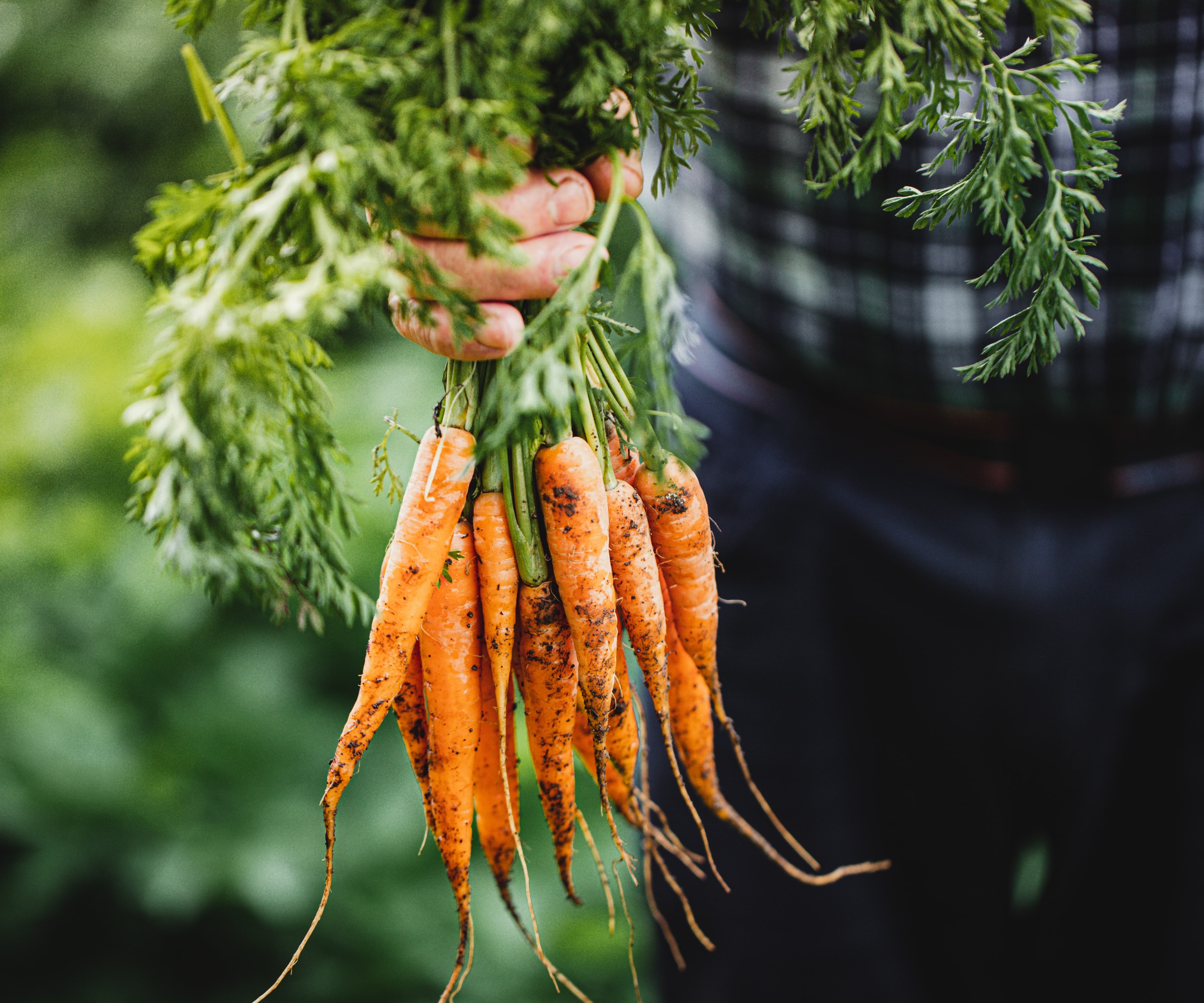
Maincrop varieties of carrots are great vegetables to plant in July and store for the Christmas dinner plates. The roots will take 16-20 weeks to mature and are suitable for winter storage, but can be harvested earlier if you want smaller carrots.
Some great maincrop varieties for growing later in the season include ‘Autumn King’, ‘Chantenay’, and ‘Short n Sweet’.
Sow carrot seeds directly outdoors into their growing spot. Starting the crop indoors and transplanting seedlings will not give you the long and straight carrots you want.
Sow seeds outdoors thinly in light, fertile, and free-draining soil. The seeds should be a half-inch deep and in rows at least eight inches apart. Sow thinly as carrot flies can be attracted to the scent when you thin seedlings - protecting crops with fine netting can prevent the pests from causing issues.
Covering crops with a layer of straw can protect the vegetables from frosts and allow carrots to be stored in the ground over winter. Otherwise, harvest carrots before heavy frosts and store them in boxes filled with sand in a dry and frost-free place.
The Autumn King carrot is a sweet breed that grows up to 2 ½" wide and 12" long with tops that can reach 16" tall. It is tolerant to the cold, so it can be harvested even into winter.
3. Brussels sprouts
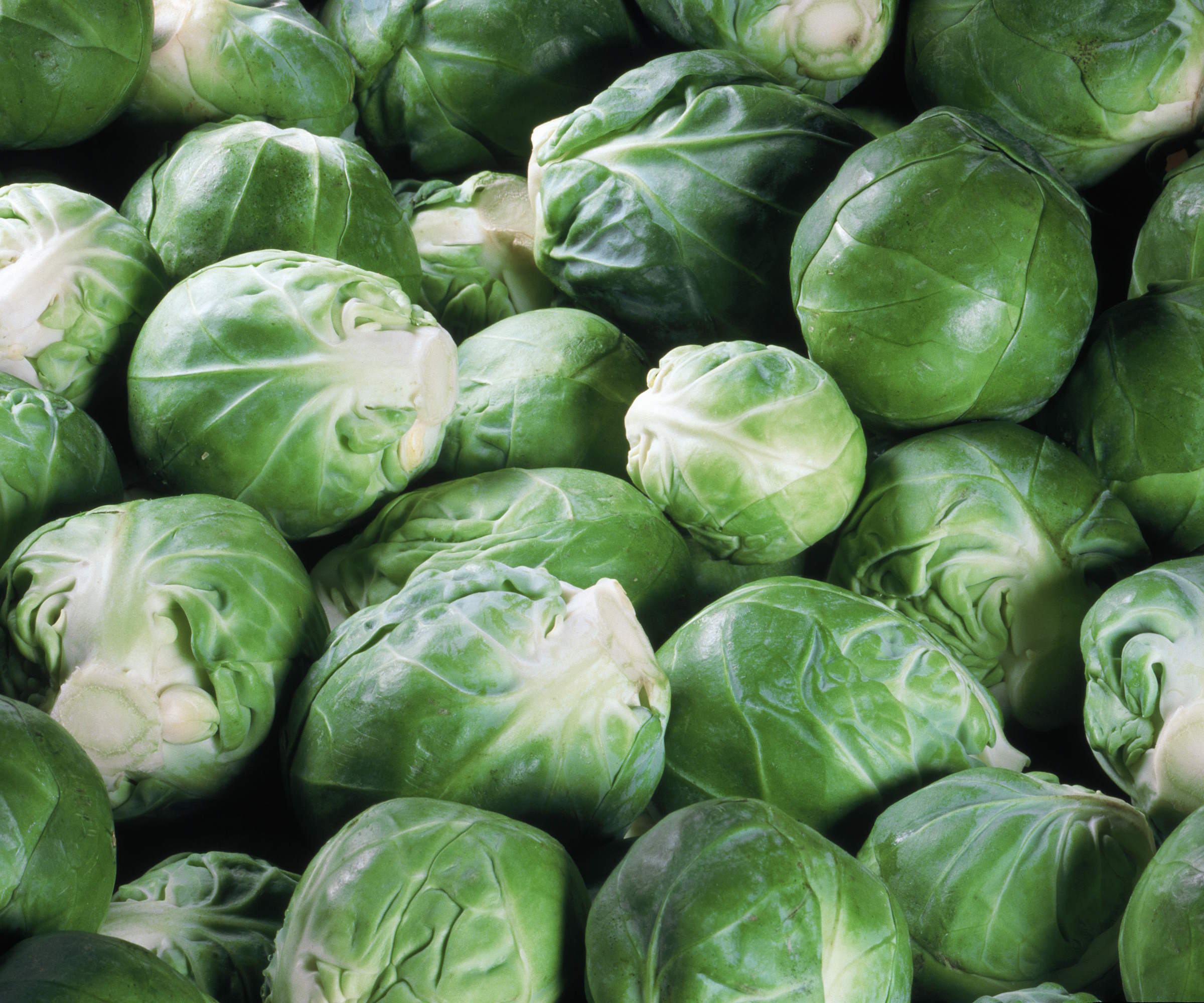
July is too late to grow Brussels sprouts from seed and get a harvest for Christmas, but there is still time to get young plants to add to the kitchen garden. Planting Brussels sprouts in July gives the plants time to develop and grow strongly to get a great crop of this traditional Christmas vegetable.
There are different types of Brussels sprouts to grow and mid and late-season types are most suited for growing for Christmas. Plant the crops at least 24 inches apart and give them some support in open sites, to prevent the plants from suffering from windrock as some varieties grow quite tall, up to three feet in height.
The flavor of Brussels sprouts improves after a frost and you can pick the crop throughout winter. Harvest Brussels sprouts when they are firm and still closed and at least an inch wide.
4. Green beans
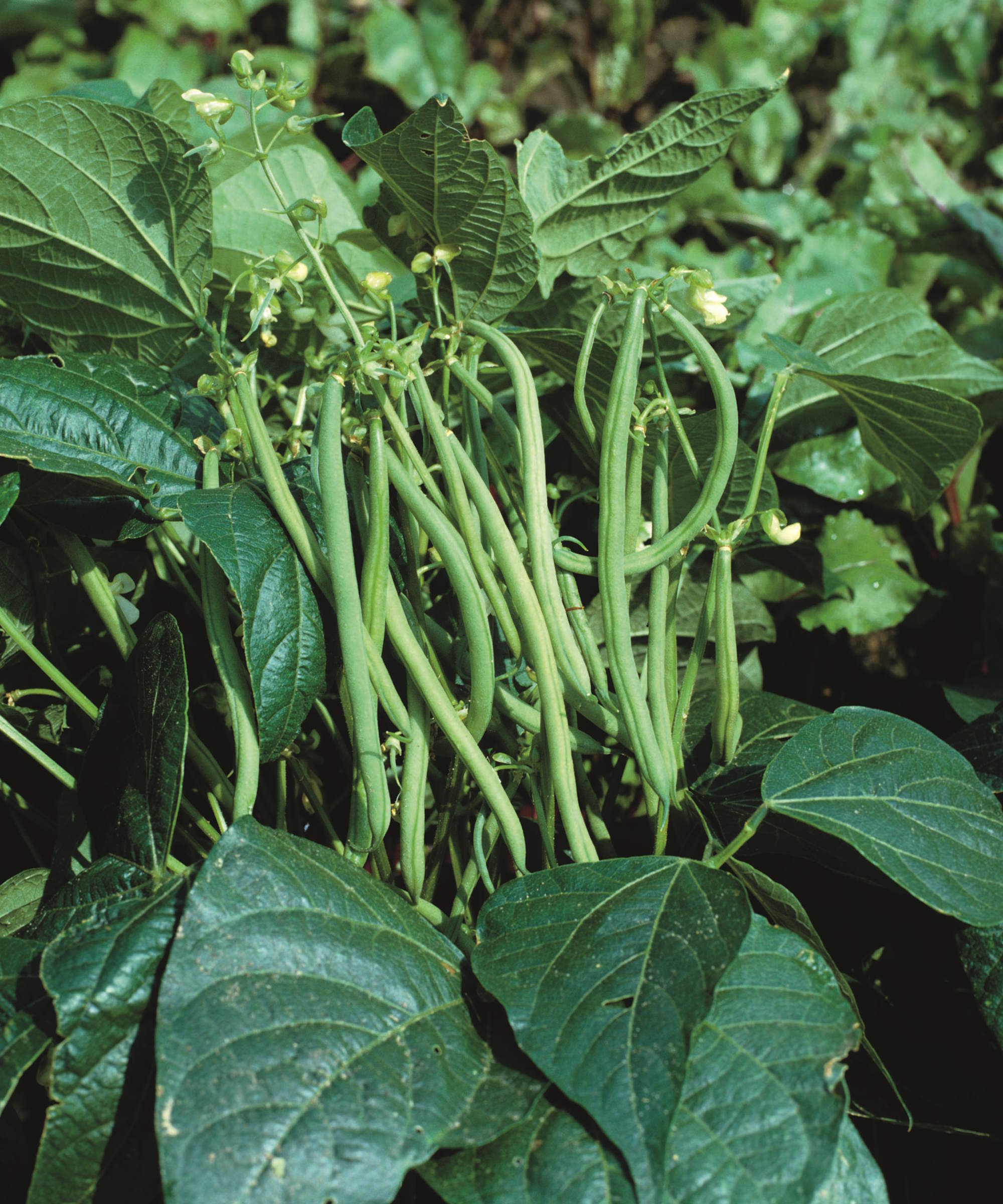
Green beans are a festive favorite popular on both Christmas and Thanksgiving tables. They can be boiled, baked, roasted, or steamed for all manner of dishes.
If you want to grow green beans for winter, whether bush or pole beans, they can be sown as late as July directly into the ground to prolong your harvesting season. Alternatively, plants can be bought from nurseries, garden centers, or online to plant directly into the garden.
Pole beans will need a structure or vegetable garden trellis to grow up as they rapidly send out their climbing vines. Bush bean varieties take up more space but can produce a crop quicker than climbing types.
Green beans can take 50-70 days to go from sowing to harvesting and regular harvesting will encourage the plants to grow more beans to harvest. Beans can only be stored in the refrigerator for 7-10 days, though green beans can be blanched and frozen to store for use come Christmas.
Discover the range of green bean seeds available at True Leaf Market
5. Broccoli
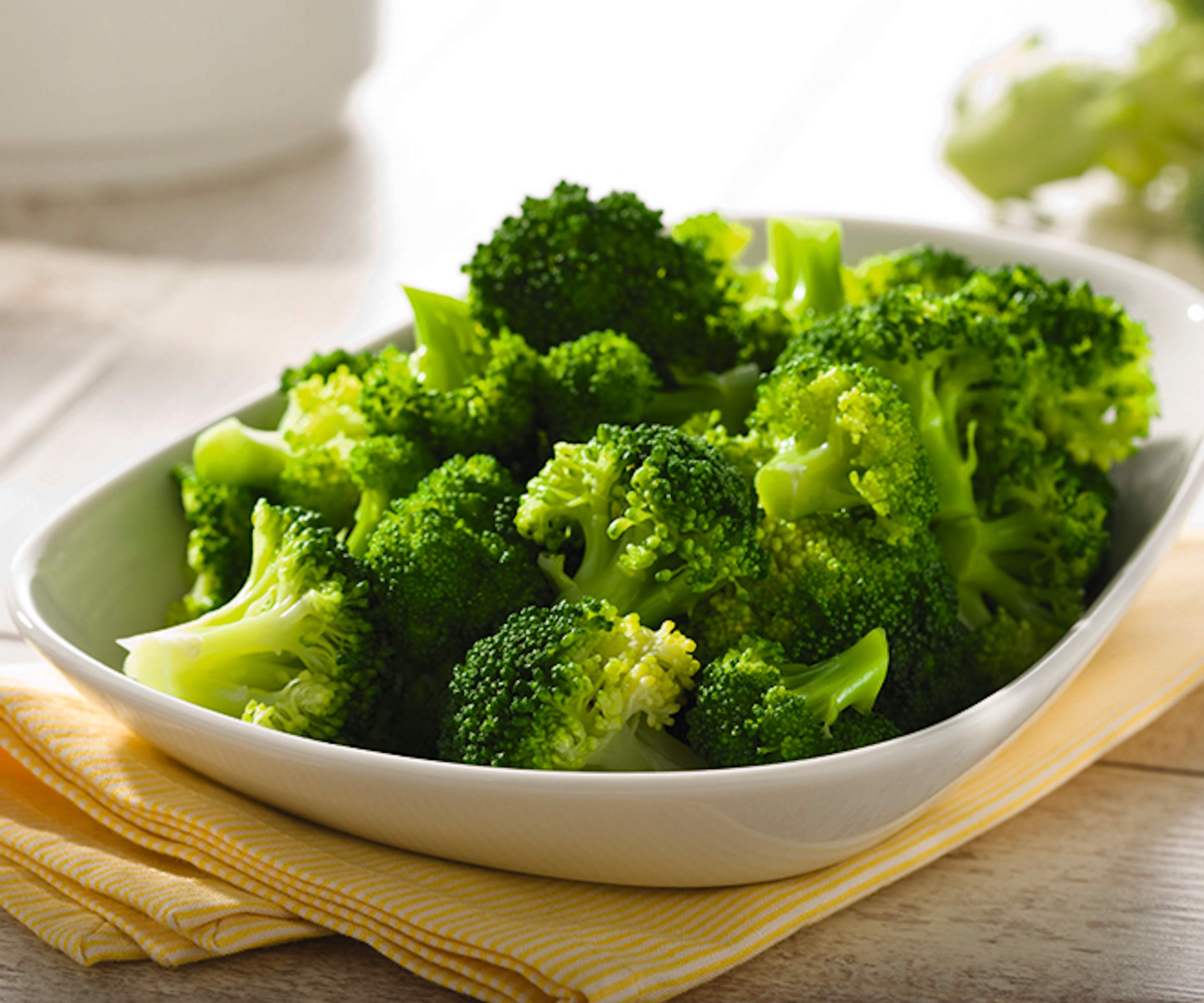
Broccoli is a delicious and nutritious vegetable. It may be too late to grow broccoli from seed, but there is time to buy transplants to plant broccoli in your garden before the end of July.
Pick a type of broccoli suited to growing in colder fall and winter temperatures to crop for Christmas.
Broccoli can be troubled by many pests as it grows, including cabbage worms, which become cabbage white butterflies, and cabbage loopers. To protect plants use fine insect netting over brassica plants to keep caterpillars out of the vegetable garden.
You can harvest broccoli through winter when the central head is tight and firm. More cold-resistant types can be harvested through winter, while broccoli can be blanched and frozen to be stored for Christmas.
A versatile variety which can be used in the garden for spring and autumn crops and through the winter.
6. Cabbage
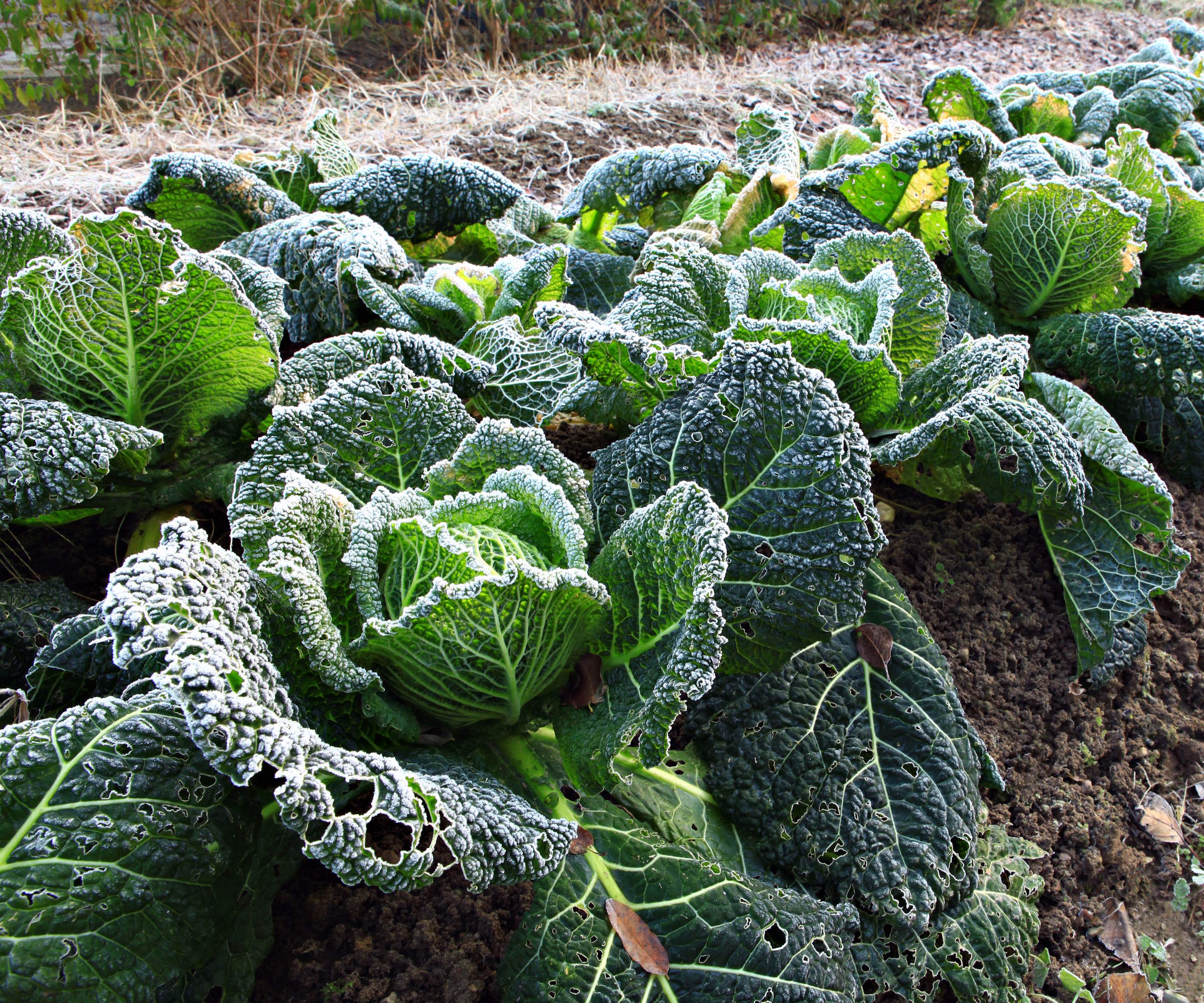
Winter cabbages and savoy cabbage are the hardiest cabbages, they are ideal for giving you a winter crop. Young plants can be purchased to plant cabbage in early summer.
The time to harvest winter cabbages comes around 60-90 days after transplanting the cabbage, which can vary depending on the variety. The window tends to run from November onwards and they are best picked as and when required. Pick the cabbage after a light frost, as the frost sweetens the flavor, and the cabbage head wants to feel solid.
Winter cabbages are very hardy crops that can be harvested throughout December and happily sit outside in the vegetable garden until needed for the Christmas dinner table.
See the range of cabbage plants and seeds at Burpee
7. Rutabaga
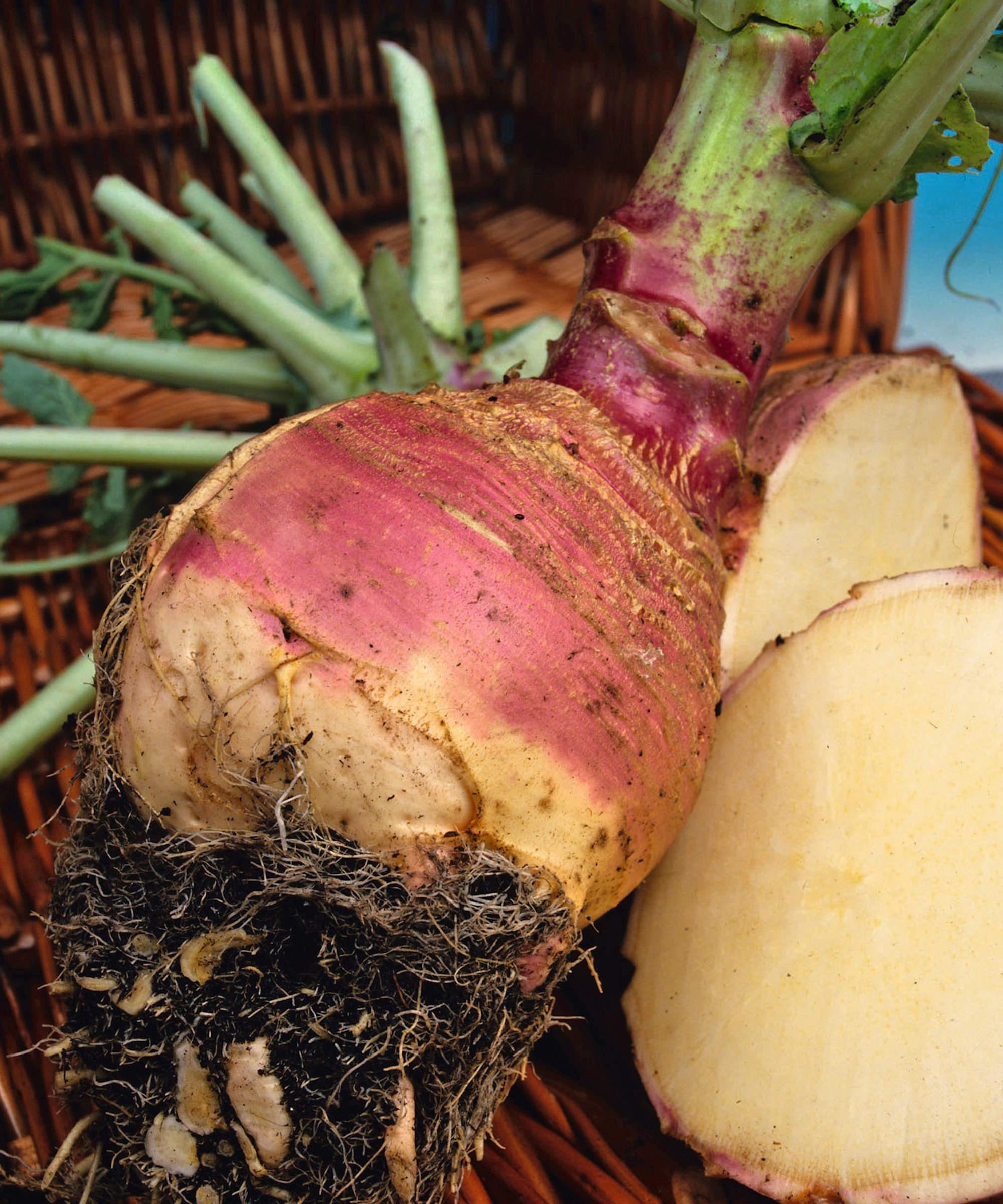
Rutabaga are also sometimes referred to as swedes and these hardy brassicas can be planted in early summer and left in the ground into winter to be harvested for Christmas.
The window to sow rutabaga outdoors will depend on your climate. In colder climates, the last date to sow is late spring, while those in warmer climates can sow rutabaga in early summer. Later sowings are best for winter crops and benefit from the frosts sweetening the flavor of the rutabagas.
Rutabagas take 20-26 weeks to be ready to harvest from sowing directly into a well-prepared seed bed. The bulbs want to be around 4-6 inches in diameter and can be left in the ground until mid-winter. Rutabagas can be lifted and stored in boxes of sand if the ground risks being waterlogged over winter.
American Purple Top Rutabaga is an old-time variety that remains popular for the flavor it adds to winter meals.
8. Leeks
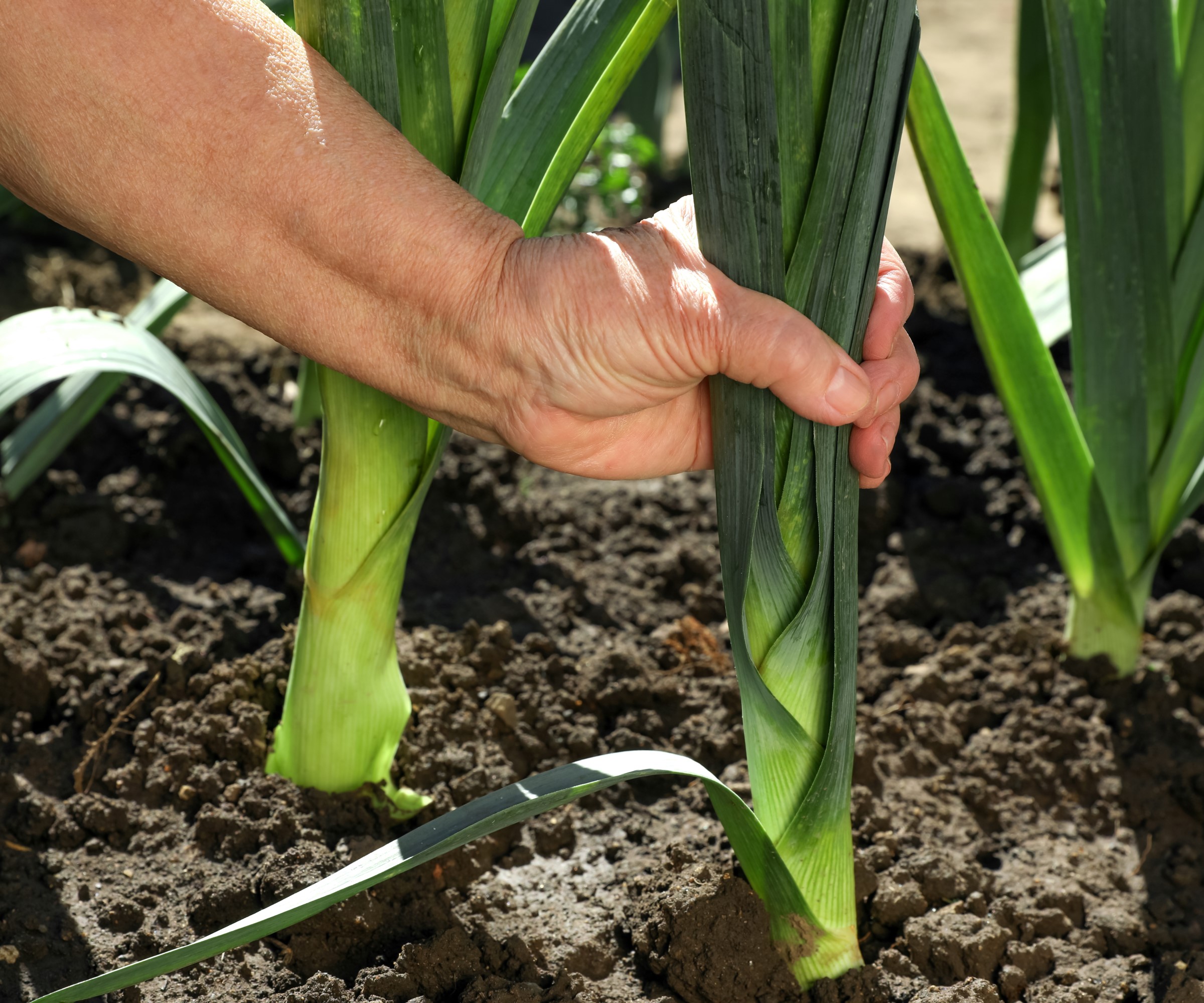
Leeks come in early, mid, and late-season varieties and the mid types are ideal for harvesting at Christmas. The hardier varieties of leeks, such as 'Musselburgh', 'Elefant' or 'Tadorna' are shorter, broader and capable of overwintering outdoors in the vegetable garden.
They are slow-growing crops that can take 6-10 months to reach maturity, depending on the type and variety. It's too late to grow leeks from seed now, but transplants will be available to purchase to plant out directly into beds.
Hardy varieties can be cropped into winter and are best picked when they are 18-36 inches tall and 1-2 inches in diameter. Take care when harvesting leeks not to damage the stem.
See the range of leek seeds and plants at True Leaf Market
FAQs
When to plant parsnips for Christmas?
If you want to grow parsnips for Christmas, the popular root crop is best sowed directly into the ground in early to mid-spring - usually from March to May, depending on your location. The crop can take four or five months to reach maturity and parsnips will be ready to harvest from October onwards. The flavor of parsnips will improve after a few touches of frost and can be lifted through winter. Covering the ground with straw will protect the parsnips and make it easier to harvest the roots come Christmas time.
Hopefully, this is a timely reminder to add some of these festive favorites to your seed-sowing schedule or summer gardening checklist. Homegrown crops surpass any vegetables you get in the store, so get sowing or planting to have delicious vegetables to adorn your plates this Christmas. Why not also grow some aromatic herbs, such as rosemary and thyme, to enhance the flavors of your chosen meat or vegetables?







